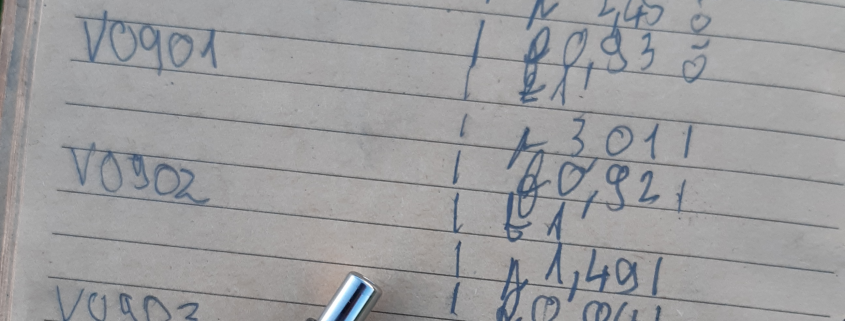Flora Incognita demonstrates high accuracy in Northern Europe
The Flora Incognita project aims to inspire people – to get to know their (botanical) surroundings better, but also to think outside the box and reflect on the possibilities of artificial intelligence, deep learning or biodiversity. A great example of this is what Jaak Pärtel did: As a student project, he investigated the accuracy of the Flora Incognita application in Estonia, Northern Europe and even published a paper about it! With this exceptional project, Jaak won the Estonian National Youth Science Competition! Congratulations, Jaak! Here is a short interview, to share more details.
Hello, Jaak, congratulations on your first place in the Estonian Nat ional Youth Science Competition. Would you have imagined that happening when you started the project?
ional Youth Science Competition. Would you have imagined that happening when you started the project?
I honestly had no idea about what my project would become in a year. However, I was certain from the beginning that I want to do something that would not be “just another student project”. I got very positive reviews for the project in school, so I thought I would give it a try in the national competition. I was really surprised when I heard the results for the competition. Even that was not all, as I have published a scientific article (co-authors Jana Wäldchen and Meelis Pärtel) based on the project’s dataset and will represent my country in the European Union Contest for Young Scientists 2020/2021 this September.
How did you get the idea to do this project?
My two interests were life sciences and technology, so I found a suitable combination of the two. I had heard of plant identification apps but was not sure how I wanted to have a field works experience and collect an extensive dataset to analyse it statistically.
Can you explain briefly what you investigated and how you went about it?
I investigated the accuracy of the plant identification applications Flora Incognita. I conducted the study in two parts: one with 1500 plant images from a database and second with 1000 observations in Estonian wilderness. I also investigated whether plants with flowers were identified more accurately and how much time automated identification took compared to traditional methods.
What are your main results in the project?
The main result of my project was that both applications reached close to 80% in accuracy in Estonian field conditions, with the correct species among the top five suggestions in circa 90% of the observations. In field conditions, plants with flowers were identified considerably more accurately than ones without them. Automatic identification took one minute compared to over four minutes for manual identification. During my project, I also translated Flora Incognita into my national language – Estonian.
What were you telling bypassers when they saw you documenting flowers? :-)
I had no such situations, as most of my field works took place in locations with little populace. However, I would have said that I am a researcher collecting a dataset about plant apps. A surprising number of people have at least heard about the apps and would probably understand my mission in the field.
What are your next plans?
As of now I am serving my country in mandatory conscription service but after that I will start my Bachelor’s studies of Biology and nature conservation in University of Tartu. I would like to pursue science as a carreer and use innovative and computational methods in biology.
Publication:


